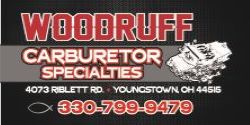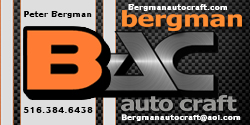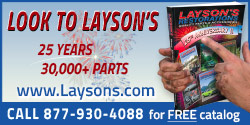steve from staten island
Well-Known Member
- Local time
- 7:54 AM
- Joined
- Sep 24, 2012
- Messages
- 6,715
- Reaction score
- 8,276
- Location
- staten island,ny
I borrowed a castor camber gauge that goes on spindle hub and the toe in out gauge the kind that has pointers on each end. I get what camber and toe in/out is. Castor m not sure. What i dont get is why as per instructions you have to turn the wheel 20 degrees one way and 20 degrees back for a total of 40.
The other thing with the toe in and out is how do you know which tie rod couplers to turn? Right or left? Can anyone whose actually done this shed any light. Id like to get things close before i take it in for alignment. Thanks
The other thing with the toe in and out is how do you know which tie rod couplers to turn? Right or left? Can anyone whose actually done this shed any light. Id like to get things close before i take it in for alignment. Thanks















